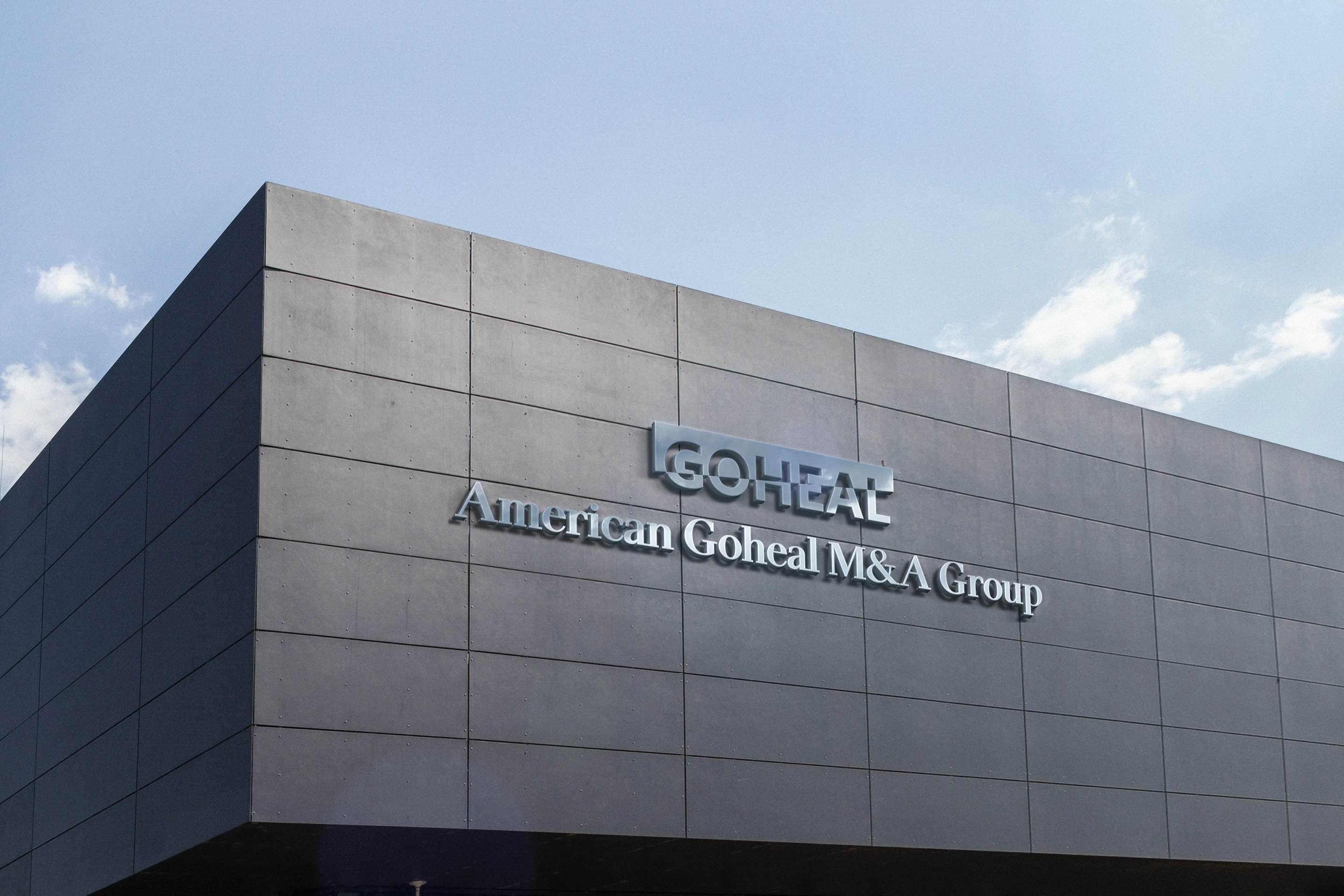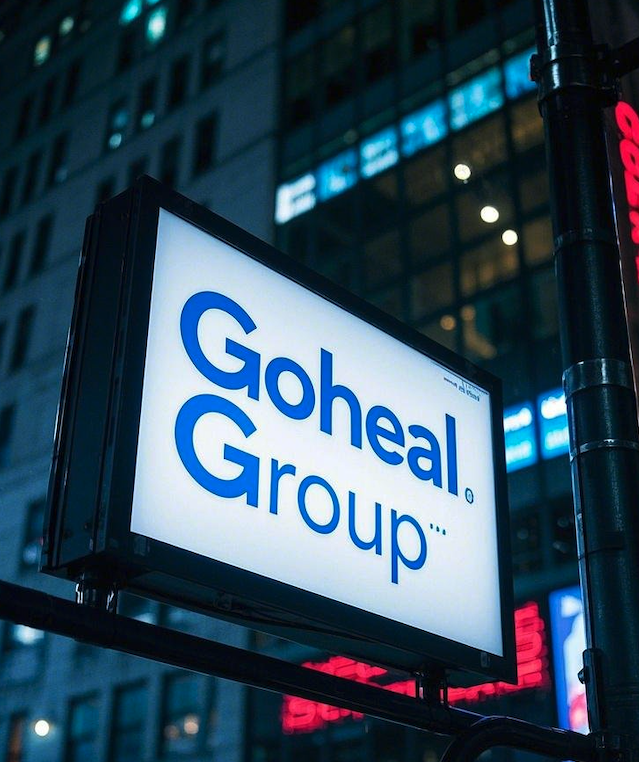"Price is what you pay, value is what you get." This sentence of Warren Buffett reveals the essence of the capital market. For listed companies' mergers and acquisitions, valuation not only determines the transaction price, but also affects the interests of shareholders, market confidence and even future development.

American Goheal M&A Group
However, valuation is not like Taobao shopping, which directly marks the price, nor is it the art of arbitrarily bidding. It is a rigorous digital game involving multiple calculation methods such as market method, cost method, and income method. Choosing the wrong method may make the buyer "spend a lot of money to buy an empty shell" or the seller "send away a gold mine at a low price."
In recent years, the M&A market has been hot, and capital experts represented by Goheal have been constantly looking for M&A opportunities around the world. In this process, the choice of valuation method has become the key to the success of each transaction. So, what are the differences between market method, cost method, and income method? What scenarios are they applicable to? How to avoid valuation misunderstandings?
Market method: see how others sell and price according to market rules
Market method, as the name suggests, is to determine the value of the target company by comparing the market trading situation of similar companies. Its core logic is: the market will not lie, if others can sell at this price, my assets should be about the same.
For example, if a biotech company wants to acquire another company in the same industry, the market method will refer to several recent similar M&A cases, such as the acquisition premium, price-to-earnings ratio (P/E), price-to-sales ratio (P/S) and other data of other companies in the same industry. Assuming that the average market acquisition P/E ratio is 20 times, and the target company's earnings per share (EPS) is $5, the valuation may be around $100.
The advantages of the market method are simplicity and intuitiveness, and it is suitable for industries with a large amount of comparable transaction data, such as real estate, consumer goods, and finance. But its disadvantages are also obvious: market prices will be affected by short-term sentiment and macroeconomic fluctuations, and valuations may be in bubbles. For example, in the 2021 tech stock merger and acquisition wave, many companies had ridiculously high valuations, and after the market cooled down in 2023, many of the original "high-priced acquisitions" became "high-level guards."
Cost method: Calculate how much it will cost to rebuild this company?
If the market method is a valuation method of "reference price", then the cost method is a method of "restored price". Its calculation method is simple: if we start from scratch and rebuild this company, how much does it cost? This price becomes the valuation benchmark of the target company.
Suppose a manufacturing company is to be acquired, the buyer will calculate the replacement cost of its factory, equipment, inventory, and land, plus R&D investment, brand value and other factors to come up with a reasonable valuation range. If a company has $1 billion in net assets on its books and the cost of replacing these assets is $1.2 billion, then the buyer may be willing to pay $1.1-1.2 billion to complete the acquisition.
The cost method is suitable for asset-intensive industries such as manufacturing, real estate, and mining. But it also has flaws: it ignores changes in market supply and demand and future profitability. A traditional media company may have valuable printing equipment and office buildings, but in the digital age, its future profitability may not be as good as an Internet startup without physical assets.
This is why Goheal will use the cost method cautiously during the acquisition process, only as an auxiliary tool, and will not rely entirely on this method.
Income method: How much money can be earned in the future is the key
The income method is one of the most commonly used valuation methods. Its logic is: the key to determining how much a company is worth is how much money it can earn in the future. This method is usually calculated through a discounted cash flow (DCF) model, that is, predicting the company's future cash flow and discounting it back to the current time point to calculate the company's present value.
For example, the expected free cash flow of a new energy company in the next five years is 100 million, 120 million, 150 million, 180 million, and 200 million, respectively, and a reasonable discount rate is 10%. Then, through DCF calculation, the company's valuation may be between 1 billion and 1.2 billion US dollars.
The advantage of the income method is that it truly focuses on the long-term value of the company rather than short-term market fluctuations. But its problem is also obvious: the future is uncertain, and cash flow forecasts may be significantly biased.
Take WeWork as an example. The company's pre-IPO valuation was as high as 47 billion US dollars, based on overly optimistic forecasts of future profitability. However, as the market re-evaluated its business model, the valuation fell all the way below 10 billion US dollars and eventually on the verge of bankruptcy.
In actual M&A operations, Goheal often combines the income approach with the market approach, supplemented by industry big data analysis, to obtain more accurate valuations.
How to avoid valuation traps?
M&A valuation is not a fixed mathematical formula, but a comprehensive consideration process. Simply put, the market approach is applicable to "hot industries", the cost approach is applicable to "asset-intensive industries", and the income approach is applicable to "growth companies". But if you rely on only a single method, companies may make fatal mistakes.
For example, many companies blindly use the market approach to valuation when the market is hot, resulting in high-priced acquisitions of bubble assets; or over-reliance on the cost approach, ignoring future growth potential. The failed case of Illumina's acquisition of GRAIL is a warning: valuation is not only a pricing tool, but also the core of risk management.
In a recent survey by Goheal, more than 70% of entrepreneurs said that valuation uncertainty is their biggest concern in M&A transactions. Therefore, how to accurately value and how to find a balance between market bubbles and undervaluation have become the key to the success or failure of M&A transactions.
What's your opinion? Welcome to leave a message for discussion!
Market approach, cost approach, income approach, which one do you prefer? In today's data-driven era, can AI and big data completely change the logic of M&A valuation? Which industries are most likely to generate transaction risks due to valuation errors?
Welcome to leave a message in the comment area and discuss with Goheal how to make M&A valuation more accurate and scientific!

Goheal Group
[About Goheal] Goheal is a leading investment holding company focusing on global M&A holdings. It is deeply engaged in the three core business areas of listed company control acquisition, listed company M&A and restructuring, and listed company capital operation. With its deep professional strength and rich experience, it provides enterprises with full life cycle services from M&A to restructuring to capital operation, aiming to maximize corporate value and achieve long-term benefit growth.